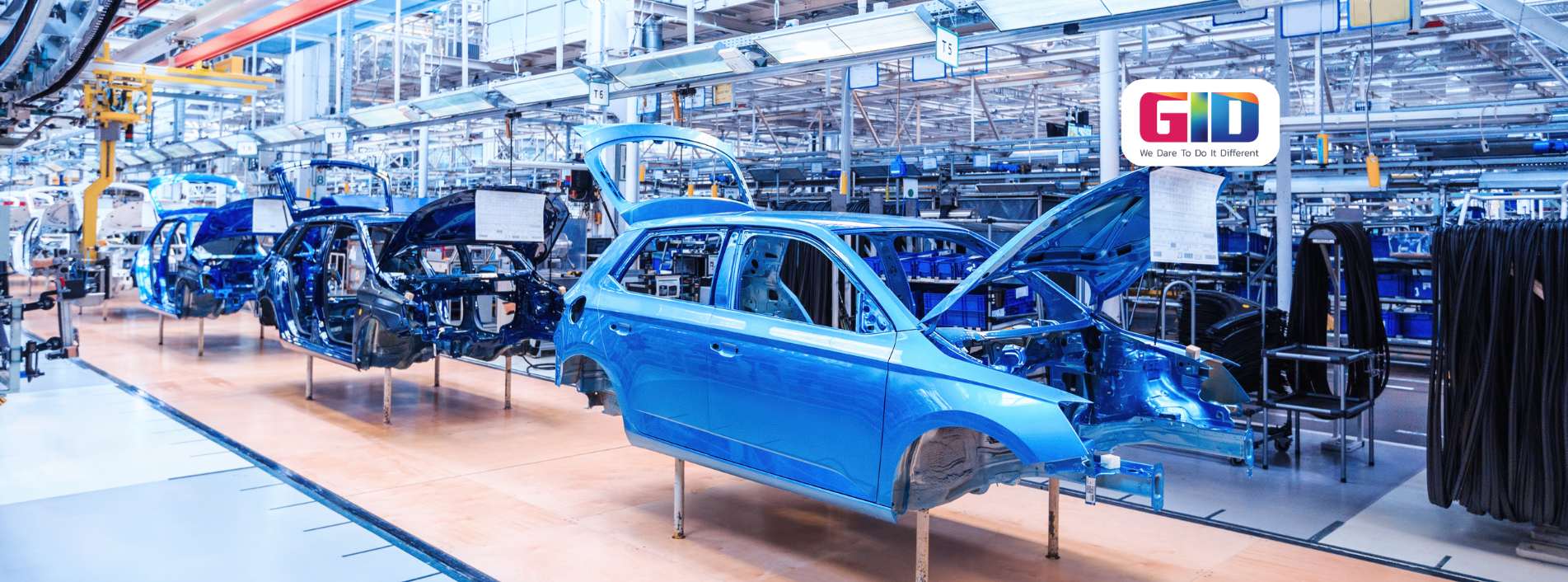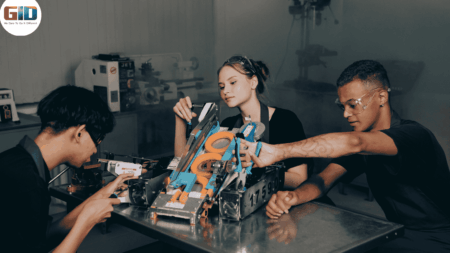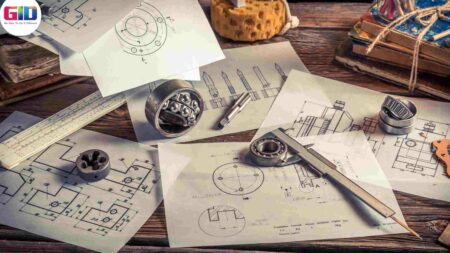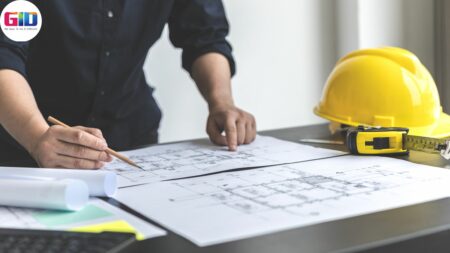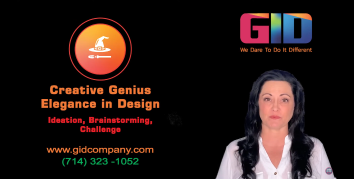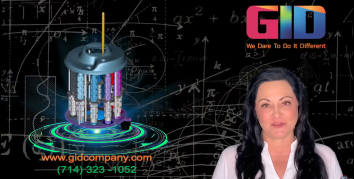Product design to manufacturing is a critical focus for every business around the globe that operates to earn profit by selling their products or services. The quality of product design to manufacturing processes directly impacts their success. Companies undertake extensive research and development work when introducing any new offering in the market. Most entrepreneurs engage in research and development for a new product that they want to introduce to the market. However, effective product design to manufacturing, from initial concept to final production, is crucial for successful new product development.
Steps to Transform a Product Idea into Reality: From Product Design to Manufacturing
Product ideas can be worth their weight in gold, but unless you have the potential to transform that idea into a fully functional product, it remains just an idea. As a product design to manufacturing company, we understand that not every business owner is technically equipped to create a functional product independently. Therefore, instead of getting stuck somewhere in the middle of the manufacturing process, it is advisable to hire a product design to manufacturing company to handle the job professionally.
Hiring an external product design to a manufacturing company is extremely beneficial, but if you still want to do the job yourself, then follow these steps to bring a product idea to life:
Step 1 – Product Idea
This step comprises basic drawings revolving around your product idea. Therefore, always ask yourself – what would be your product, for whom you are developing a product, what would be the features of your product, and how to make it user-friendly?
Step 2 – In-depth Research
Even with a unique product idea, research whether your target market is ready for it. Study existing market trends and requirements. Determine what is currently popular and if there are similar products. If so, how will your product design to manufacturing process improve upon existing products?
Step 3 – Product Design and Development
Make the use of information that you have collected from your survey/study. Based on the collected information, start creating product designs. But wait, when you are outlining the design of your product, you need to ask yourself the following questions:
- What is the job of my product?
- Will the product be reliable?
- Will my product be able to survive the rough use?
- Can the product be manufactured at a cost-effective price?
- What will be the quality of my product?
- What raw material is best for development?
Step 4 – Research and Development of the Final Design
This is the final step to your product designing with dimensions and raw-material selection; therefore, before you move on to the prototyping stage or manufacturing phase, make sure you have a complete sketch to work from.
Step 5 – CAD
With the help of 3D modeling software (CAD – Computer Aided Design), you will develop a computerized 3D model of your absolute product design. These 3D models will often show up problematic areas where the theoretical stresses and strains on the product to be developed will be exposed. If any problem persists, it is the best phase of product development to handle the design errors and go back to step 4.
Step 6 – Prototype Development
Once you get the green signal from the previous step, it is time to create a fully functional prototype of your best product design using computer-aided engineering systems. A physical model of your design is the best option for testing product features.
Step 7 – Prototype Testing and Feedback
Test your product prototype with family, friends, and potential financiers. You must be fair with your decisions while testing the prototype and listen to the feedback you get back from other people. Check, whether every part is functioning properly or not. If your prototype is not perfect, then move back to 3rd step and start on your product designs.
Step 8 – Product Manufacturing
Once you are satisfied with the performance of your product prototype, you can proceed to the manufacturing stage. Product manufacturing expenses entirely depend on the density of your product, especially, if there are numerous parts, material selection, high batch product, or low batch numbers. Being a smart business owner, you need to consider these factors to make sure you manufacture a healthy product for a handsome profit.
Follow these steps to take your product idea to manufacturing. Engineering plays a crucial role in custom product development, but marketing, sales, and manufacturing are crucial, too. A successful new product comes from the harmonic combination of insights from all areas.

